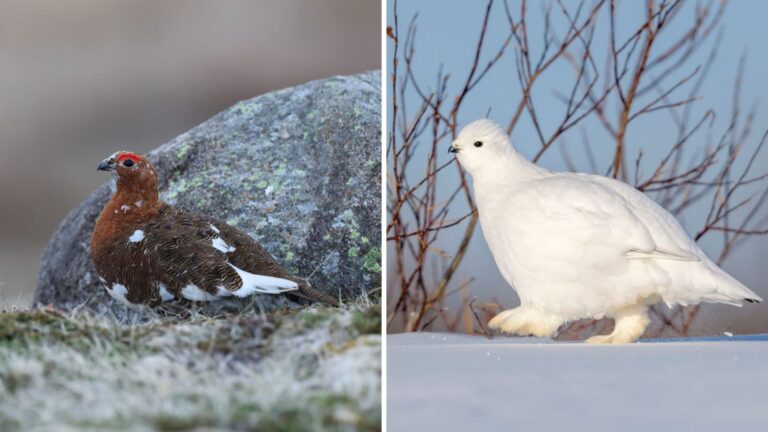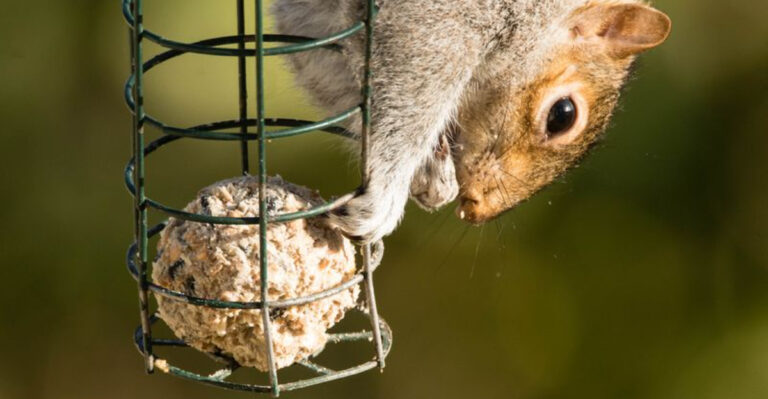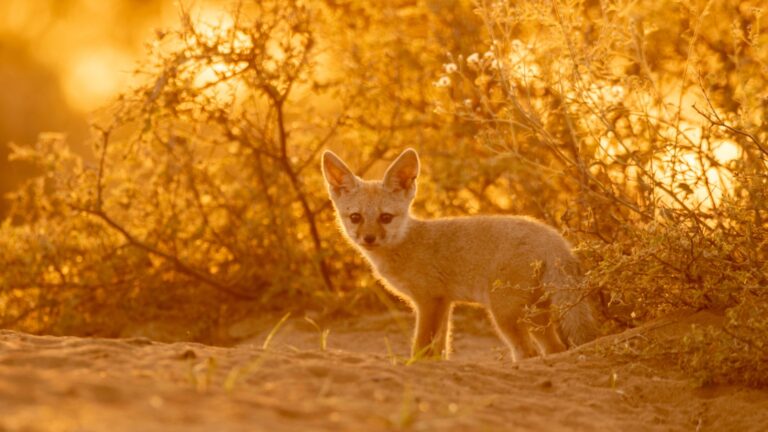12 Extinct Animals Last Seen In The United States
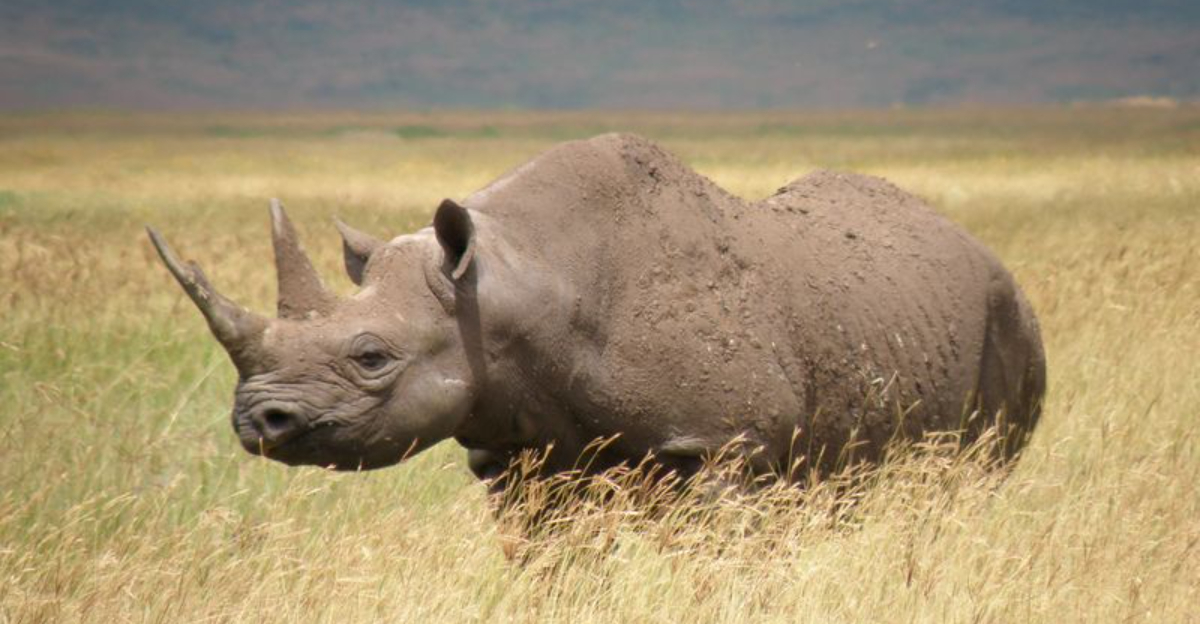
America’s wildlife history includes many species that no longer roam our lands.
These creatures, once abundant across North American habitats, have disappeared due to human activities, climate change, and habitat loss.
Their stories serve as powerful reminders of our impact on the natural world and why conservation efforts matter so much today.
1. Passenger Pigeon

Once darkening American skies in flocks of billions, passenger pigeons vanished with shocking speed. Martha, the last of her kind, died in Cincinnati Zoo in 1914.
Before their downfall, these birds comprised nearly 40% of North America’s bird population. Hunters slaughtered them by the millions for cheap meat, while forests they needed for breeding disappeared under farmers’ axes.
2. Carolina Parakeet
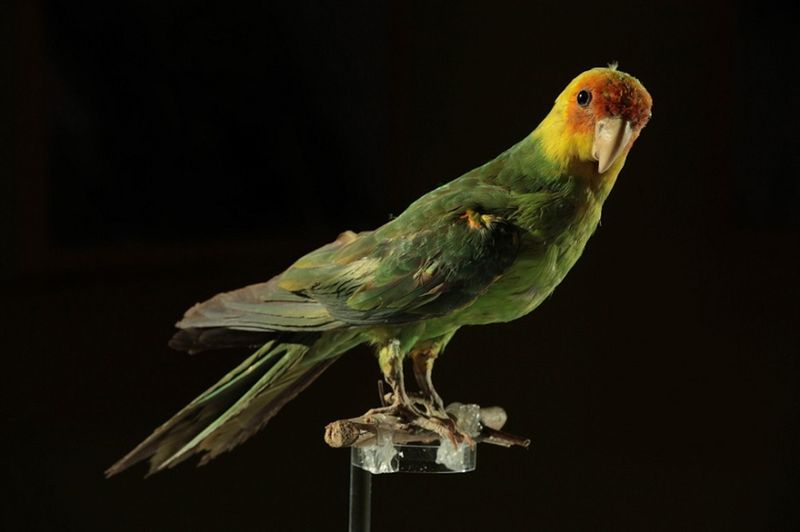
Vibrant green plumage with splashes of yellow and orange made the Carolina parakeet North America’s only native parrot. Farmers considered these social birds agricultural pests and hunted them mercilessly.
Their feathers adorned fashionable ladies’ hats, accelerating their decline. The last captive Carolina parakeet, named Incas, died in 1918 at Cincinnati Zoo—in the same cage where Martha, the last passenger pigeon, had died four years earlier.
3. Dusky Seaside Sparrow

Florida’s salt marshes once echoed with the distinctive song of the dusky seaside sparrow. Their dark plumage blended perfectly with the shadowy marsh grasses they called home.
NASA’s space program ironically sealed their fate when Kennedy Space Center development flooded their habitat with pesticides. The last male, Orange Band, died in captivity in 1987, marking the end of a species that had evolved over thousands of years.
4. Texas Coyote Wolf
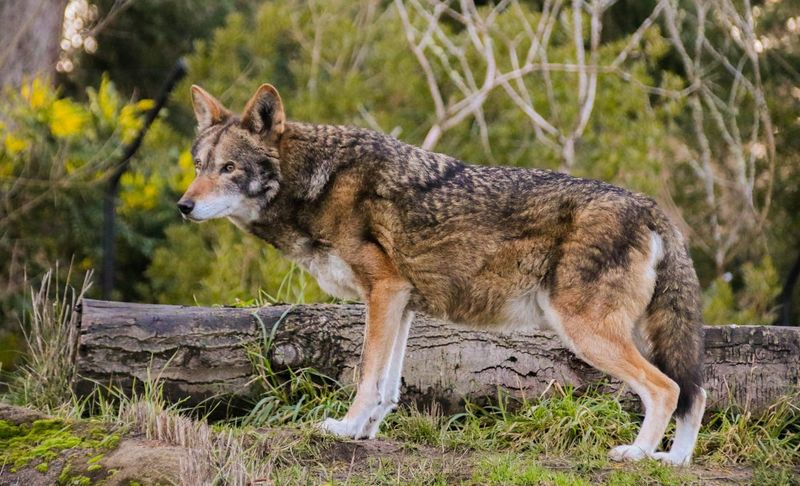
Roaming the southern plains with powerful jaws and a distinctive red-tinged coat, the Texas coyote wolf represented nature’s remarkable adaptability. Neither fully wolf nor coyote, these hybrid predators possessed unique hunting skills perfectly suited to the Texan landscape.
Ranchers, fearing for their livestock, systematically eliminated these creatures through poisoning and shooting campaigns. By the late 1800s, these remarkable animals had completely disappeared from their native range.
5. Great Auk

Standing nearly three feet tall, the flightless great auk resembled a penguin but was actually related to puffins and murres. These remarkable seabirds once thrived along North America’s northeastern coastline.
Sailors harvested them for their feathers, meat, and oil during long voyages. The last confirmed pair was killed in 1844 on an Icelandic island when collectors strangled them and smashed their precious egg, knowing their rarity made specimens valuable.
6. Bubal Hartebeest
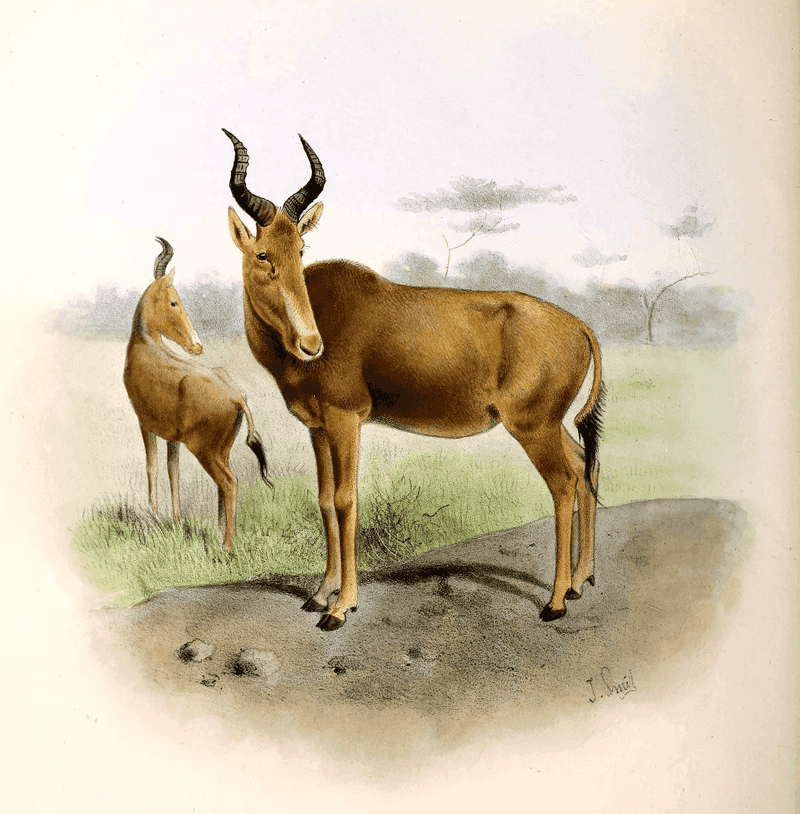
With elegant curved horns and a tawny coat perfect for blending into southwestern grasslands, the Bubal hartebeest once grazed across America’s plains. These swift antelope-like creatures could outrun most predators.
European settlers viewed them as competition for livestock grazing lands. Systematic hunting campaigns reduced their numbers drastically through the 1800s. The last American specimens disappeared around 1905, leaving behind only museum mounts as testament to their existence.
7. Mammoth

Towering over the American landscape, woolly mammoths trudged through ice-age territories with massive curved tusks and shaggy coats. Their impressive size belied their gentle, plant-eating nature.
Early humans prized mammoths for their meat, bones, and ivory. Climate warming after the ice age further stressed remaining populations. The last mainland mammoths disappeared around 10,000 years ago, though isolated island populations survived until about 4,000 years ago.
8. American Lion

Larger than today’s African lions, the American lion ruled Ice Age landscapes with fearsome power. Fossil evidence shows these massive cats weighed up to 800 pounds—far bigger than modern big cats.
Their disappearance coincided with the end of the last ice age. Changing environments eliminated their prey base, while early human hunters may have targeted them directly. The last American lions vanished around 11,000 years ago, leaving only bones as evidence of their reign.
9. Pinta Island Tortoise

Lonesome George became the face of extinction as the last Pinta Island tortoise. His distinctive saddleback shell evolved for reaching high vegetation on his native Galápagos island.
Though never naturally present in the United States, George spent his final decades as a conservation ambassador in American zoos. His death in 2012 at an estimated age of 100 symbolized humanity’s failure to protect vulnerable species despite modern conservation knowledge.
10. Labrador Duck

Mysterious and seldom-studied, the Labrador duck vanished before scientists could fully document its lifestyle. Their specialized bills suggested they fed on mollusks along America’s northeastern shorelines.
Market hunters targeted these distinctive black-and-white sea ducks for their meat and feathers. The last confirmed sighting occurred in 1878 on Long Island, New York. Their rapid disappearance remains puzzling, as they vanished even before commercial hunting reached its peak.
11. Western Black Rhinoceros
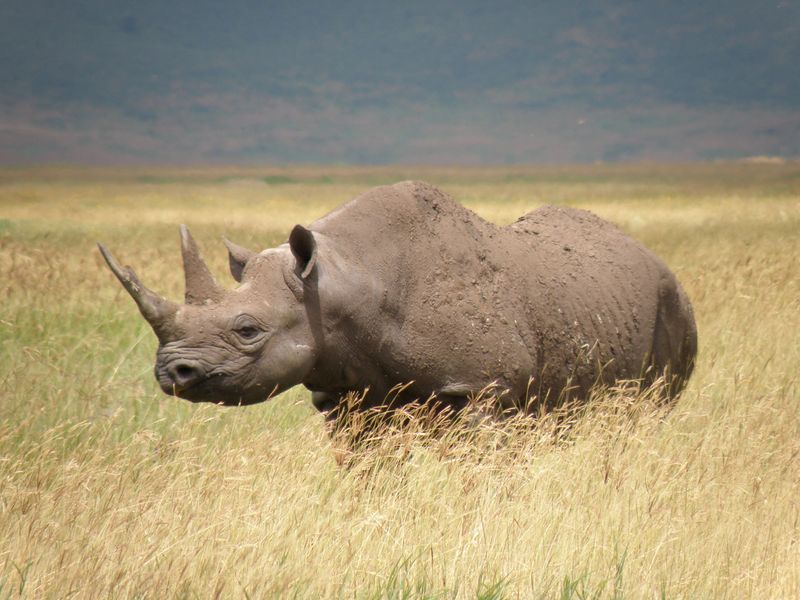
Majestic and powerful, the Western black rhinoceros once awed visitors at American zoos with its impressive horn and armored appearance. These massive creatures represented living dinosaurs to many fascinated onlookers.
While native to Africa, the last American zoo specimens died in the early 2000s. Rampant poaching for their horns, falsely believed to have medicinal properties, drove them to extinction in the wild. The subspecies was officially declared extinct in 2011.
12. Saber-Toothed Tiger

Sporting iconic 11-inch curved canines, the saber-toothed tiger wasn’t actually a tiger at all. These Smilodon cats ambushed prey throughout ancient America, using powerful front legs to immobilize victims before delivering deadly bites.
La Brea Tar Pits in Los Angeles preserved hundreds of specimens, revealing their hunting strategies. Climate change after the last ice age reduced prey animals, while early human hunters competed for remaining food sources, leading to their extinction around 10,000 years ago.

